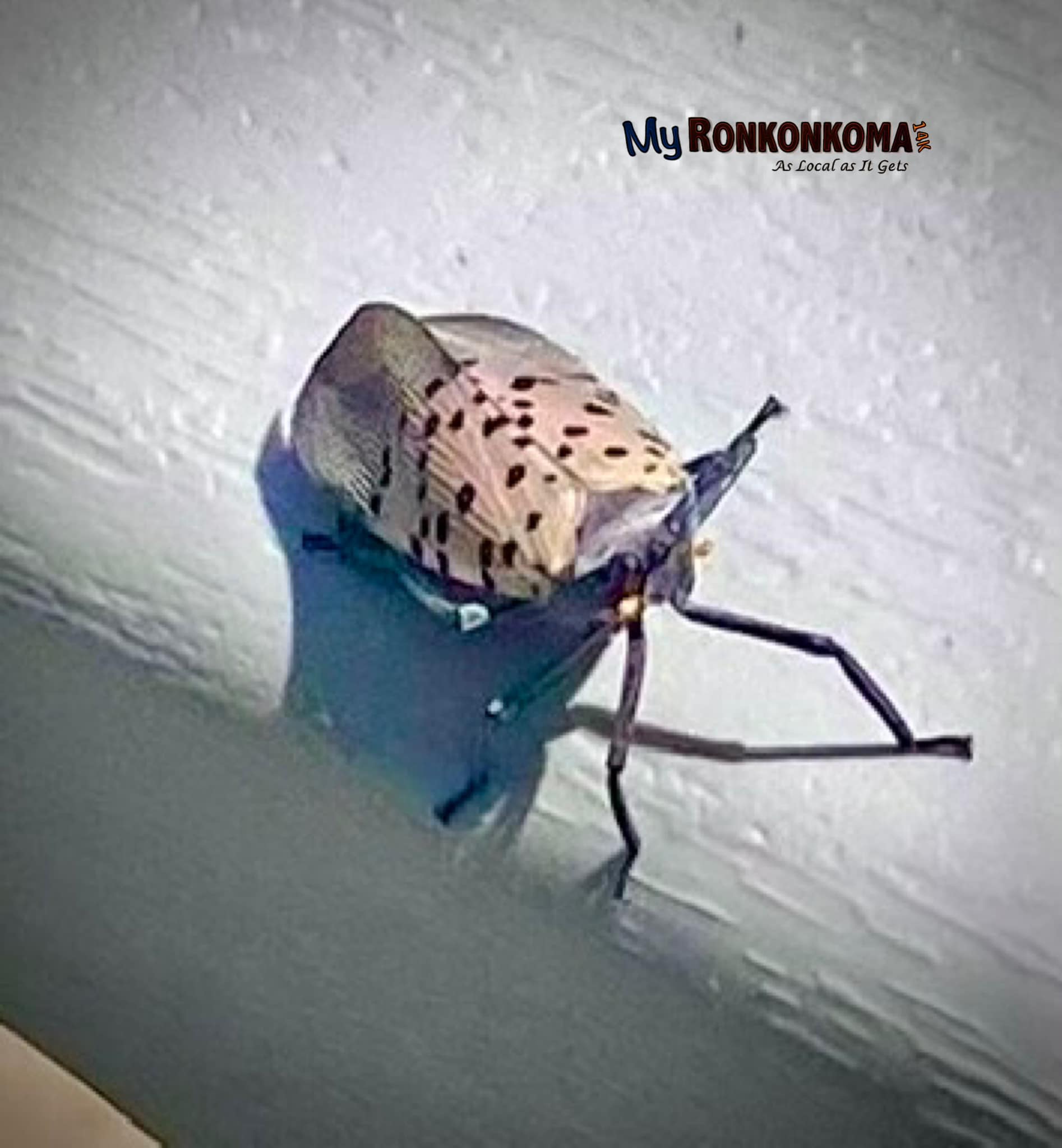
The spotted lanternfly (Lycorma delicatula) has become a significant concern on Long Island in recent years. This invasive pest, originally from Asia, poses a threat to a wide range of plants and trees, particularly grapevines, fruit trees, and hardwoods.
What You Should Know:
- Identification: The spotted lanternfly is about 1 inch long and has striking wings. Its forewings are light brown with black spots, and its hindwings are red with black spots. The nymphs are black with white spots and turn red as they mature.
- Impact: These pests feed on the sap of plants, weakening them and making them vulnerable to disease. They can significantly damage vineyards, orchards, and ornamental plants. Their presence also creates a sticky residue, known as honeydew, which can lead to the growth of sooty mold on plants and surfaces.
- Current Situation on Long Island: Spotted lanternflies have been reported in various parts of Long Island, in both Nassau and Suffolk counties. The local agricultural community and environmental agencies are working to monitor and control the spread of this invasive species.
What You Can Do:
- Report Sightings: If you spot a spotted lanternfly, report it to the New York State Department of Agriculture and Markets or your local cooperative extension. This helps authorities track and manage the spread.
- Check Your Property: Inspect trees, shrubs, and outdoor items like firewood, vehicles, and outdoor furniture for signs of spotted lanternflies, especially if you’ve traveled from areas known to have infestations.
- Take Action: If you find a spotted lanternfly, you can physically remove and destroy it. Egg masses can also be scraped off surfaces and destroyed to prevent hatching.
Prevention and Control:
- Quarantine Measures: Some areas may have quarantine restrictions to prevent the spread of spotted lanternflies. Be mindful of moving firewood, plants, or outdoor equipment from infested areas.
- Chemical Control: In some cases, professional treatment may be necessary to control spotted lanternflies on your property. Consult with a licensed pest control professional for advice.
Why It Matters:
The spotted lanternfly’s presence on Long Island is a growing concern for both the environment and the economy, particularly in agriculture. Public awareness and cooperation are crucial in managing and mitigating the impact of this invasive species.








